
How can biotech companies avoid losing public’s trust?
Are people wary of genomics and biotech companies, or just what a clinical study might reveal? Two case studies of consent rates for newborn sequencing might shed light on the answer.

Are people wary of genomics and biotech companies, or just what a clinical study might reveal? Two case studies of consent rates for newborn sequencing might shed light on the answer.

Nfant Labs developed a connected baby bottle for use in nenonatal intensive care and is currently developing a tool to harness data generated from the device to help decide when infants should be discharged from the hospital.
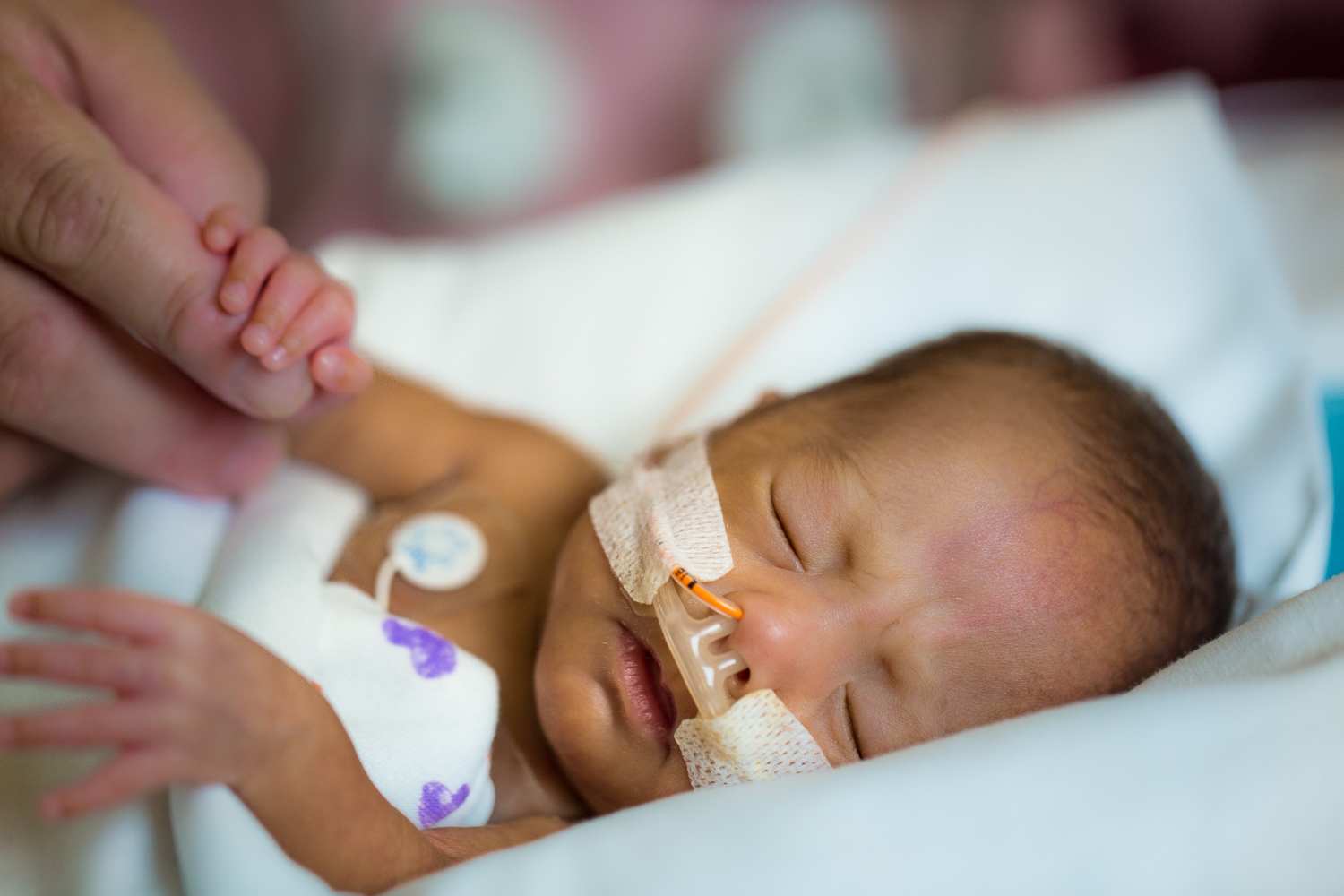
Larger medtech companies have traditionally shied away from investing in the pediatric market...

At $475,000, the therapy isn't cheap but for its part, Novartis has said patients would only pay the full whack if they respond to the therapy by the end of the first month.
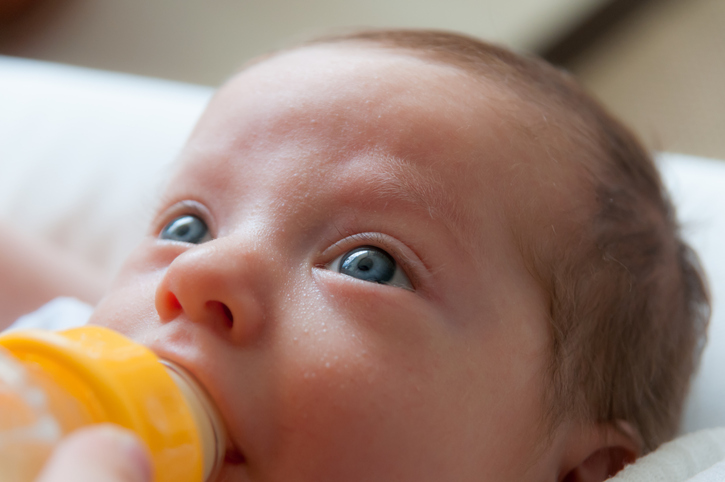
An expansion of a program will zero in on pregnant teenagers and young women with less formal education at higher risk for complications, said Chris Bishop, executive director of the Nurse-Family Partnership in South Carolina.
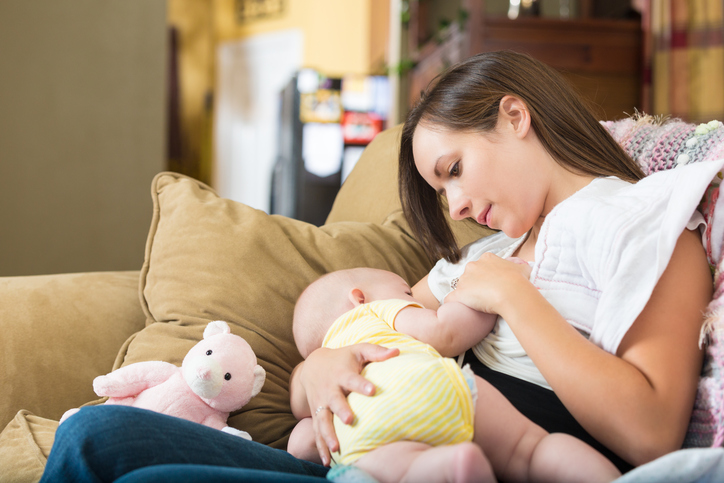
Increasing numbers of women who produce more breast milk than they need are handing it over — or selling it — for others to use. Some states, including California and New York, regulate milk banks the way they do tissue banks, enforcing some safety standards.
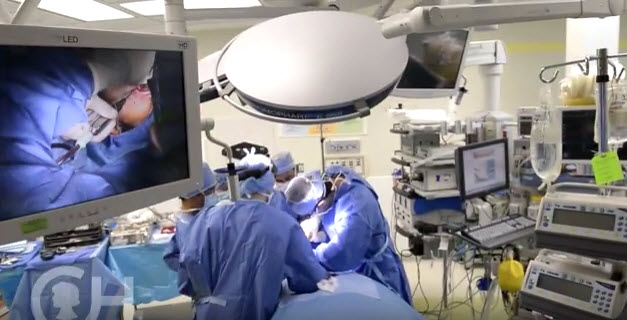
Ostiio has developed a distractor device used in distraction osteogenesis to increase bone for children with craniofacial defects.

Data will be presented at the American Telemedicine Association's annual meeting in April. The researchers also are preparing a paper for publication in an unspecified medical journal.

The Pediatric Device Consortia Grant Program encourages inventors to think small, developing much-needed pediatric devices that may not make a lot of money.

Averia, co-founded by Rohan Suri, has developed a way to diagnose concussions which combines an iPhone, an app and a cardboard headset.
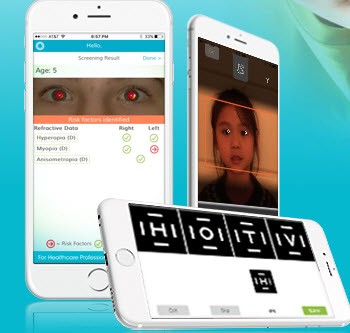
The company wants to make its GoCheckKids photoscreening app available to improve access to screening for amblyopia and visual acuity.

The most common hospital-related reasons had to do with how patients are assessed, postoperative complications or hospital-acquired conditions.
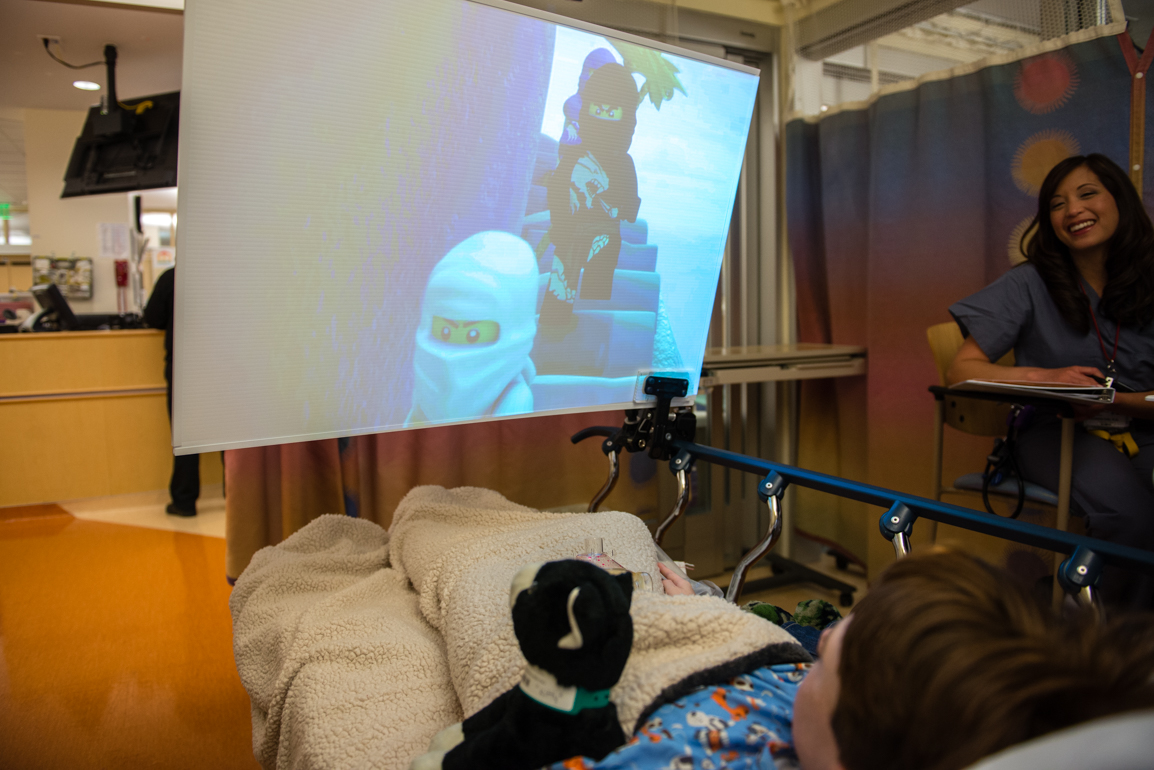
They called it BERT, short for Bedside Entertainment Theater. It looks high-tech, but the whole thing costs about $900 to build. Lucile Packard now has 10 BERT units across the hospital. They’re using it in surgery, of course, but they’re also using it to calm kids getting radiation therapy and MRIs.

Many nighttime interruptions — like bathing a child at 3 a.m. — happen because they suit the staff’s schedule. Getting away from that required a major recalibration of the ICU’s workflow and culture.
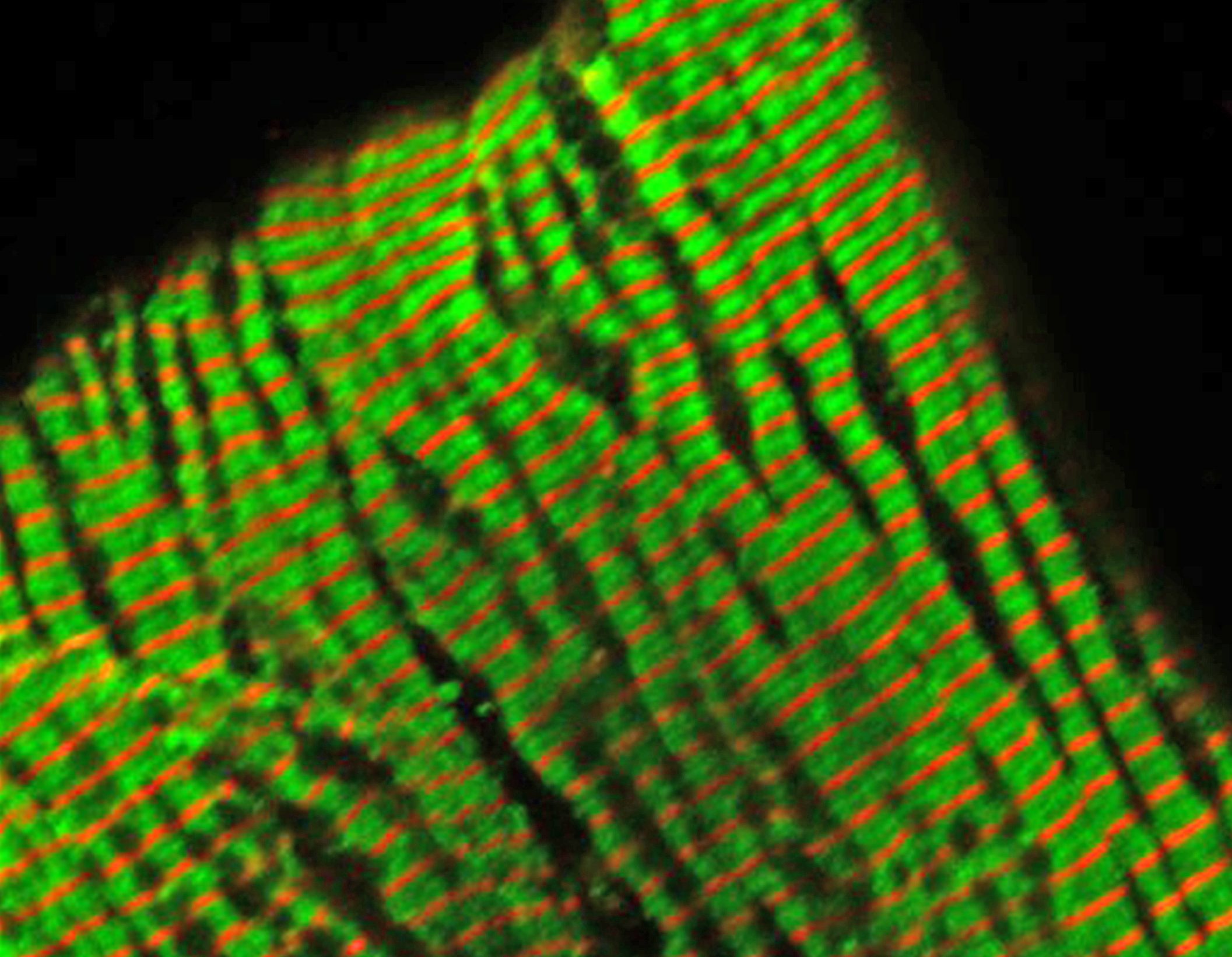
The technology, developed by a multi-institutional team led by the Cincinnati Children's Heart Institute, would allow doctors to intervene earlier to help patients manage their conditions and help inform future pharmacologic treatment options.